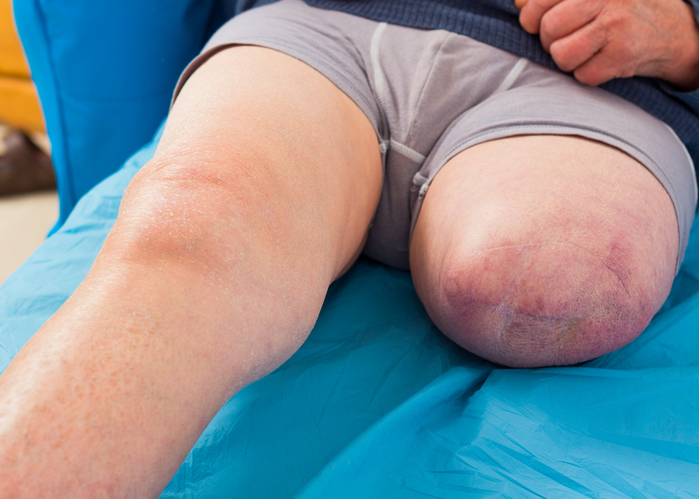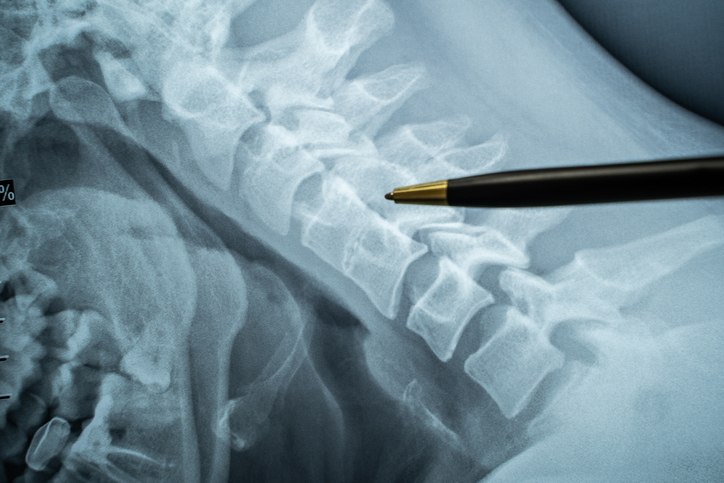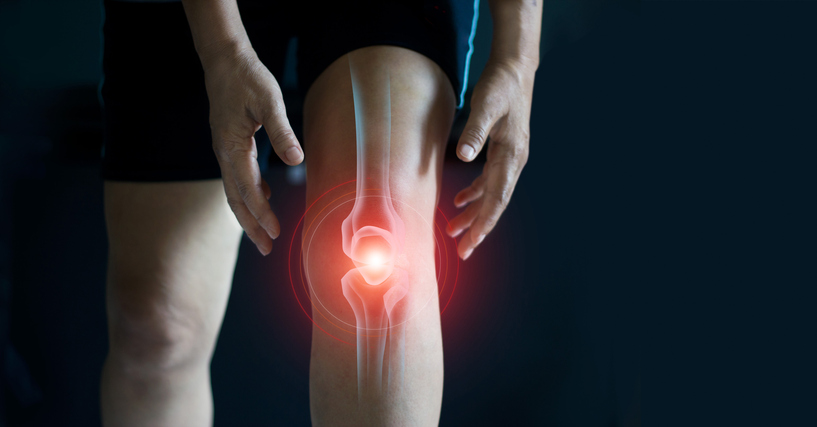Pain
What Is Paresthesia?

Paresthesia refers to the feeling or sensation of burning or “pins and needles.” It can happen on any part of the body without warning. The sensations are generally described as tingling, numbness, skin crawling or itching.
Most people have experienced temporary paresthesia at least once in their lifetime. The two most common ways one may experience it is by putting pressure on a nerve (i.e. hitting the funny bone) or as a result of poor circulation (i.e. having a foot fall asleep). Temporary paresthesia is typically harmless and should go away when the body changes position which relieves pressure off the nerve and blood circulation returns to normal.
Chronic paresthesia is a symptom of an underlying neurological disease or nerve damage. When it occurs, the sensation is continual or recurs repeatedly. A stabbing pain, with or without clumsiness of the affected limb, may occur. Mobility may be affected if paresthesia is present in the legs or feet. Chronic paresthesia can be a sign that nerve damage is present in the form of radiculopathy or neuropathy.
Formication
Formication is a specific type of paresthesia. It feels as if insects are crawling on or underneath a person's skin. Itchiness with no known cause often occurs which can lead to excessive scratching. This can lead to open wounds which may become infected.
Symptoms
The typical symptoms an individual may experience from paresthesia include, but are not limited to, the following: tingling, prickling, numbness, weakness, burning sensations or cooling sensations.
Causes
Causes of paresthesia include, but are not limited to, the following:
- Trauma
- Herniated disk
- Spinal column mass
- Stroke
- Liver disease
- Multiple sclerosis
- Overuse syndromes
- Diabetes
- Pinched nerves
- Autoimmune diseases
- Sciatica
- Hypothyroidism
- Vitamin deficiencies
- Hyperglycemia
- Kidney disease
- Medication side effects
- Infections
- Exposure to toxic substances


















